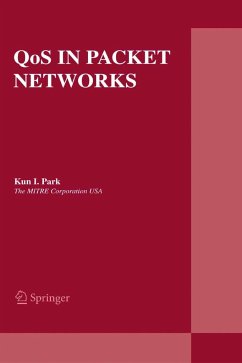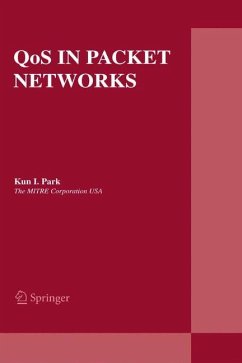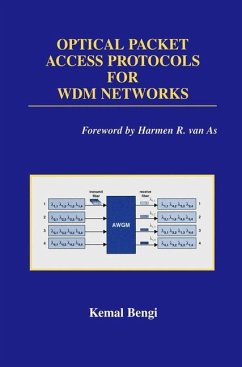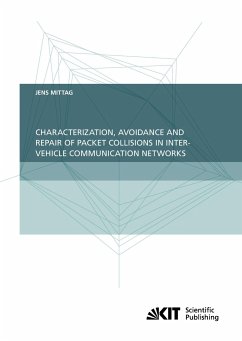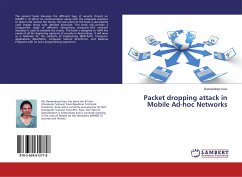
Utility-based Resource and QoS Optimization in Packet Networks
link and network level optimization
Versandkostenfrei!
Versandfertig in 6-10 Tagen
52,99 €
inkl. MwSt.

PAYBACK Punkte
26 °P sammeln!
Resource Allocation (RA) is used to organize the usage of network s physical resources insuch a way that guarantees optimal utilization while providing predictive performance tonetwork flows in terms of inter-flow fairness and guaranteed Quality of Service (QoS). Oneapproach to provide RA which is particularly suitable for traffic flows with relaxed QoSrequirements (i.e. elastic traffic) is the Utility-based Resource Allocation (URA). URAassigns a utility function to each individual user flow to measure the degree of satisfactionof this user as a result of assigning a specific share of resourc...
Resource Allocation (RA) is used to organize the
usage of network s physical resources in
such a way that guarantees optimal utilization while
providing predictive performance to
network flows in terms of inter-flow fairness and
guaranteed Quality of Service (QoS). One
approach to provide RA which is particularly
suitable for traffic flows with relaxed QoS
requirements (i.e. elastic traffic) is the Utility-
based Resource Allocation (URA). URA
assigns a utility function to each individual user
flow to measure the degree of satisfaction
of this user as a result of assigning a specific
share of resources. The objective of the
URA techniques is then to partition the network
resources to take full advantage of them in
satisfying the QoS requirements of each user flow
while providing fair allocation of resource among
users by maximizing the aggregate utility of all
flows. The objective of this work is to propose a
comprehensive set of algorithms that can be used to
provide resource optimization both on the link level
or on the network level.
usage of network s physical resources in
such a way that guarantees optimal utilization while
providing predictive performance to
network flows in terms of inter-flow fairness and
guaranteed Quality of Service (QoS). One
approach to provide RA which is particularly
suitable for traffic flows with relaxed QoS
requirements (i.e. elastic traffic) is the Utility-
based Resource Allocation (URA). URA
assigns a utility function to each individual user
flow to measure the degree of satisfaction
of this user as a result of assigning a specific
share of resources. The objective of the
URA techniques is then to partition the network
resources to take full advantage of them in
satisfying the QoS requirements of each user flow
while providing fair allocation of resource among
users by maximizing the aggregate utility of all
flows. The objective of this work is to propose a
comprehensive set of algorithms that can be used to
provide resource optimization both on the link level
or on the network level.



